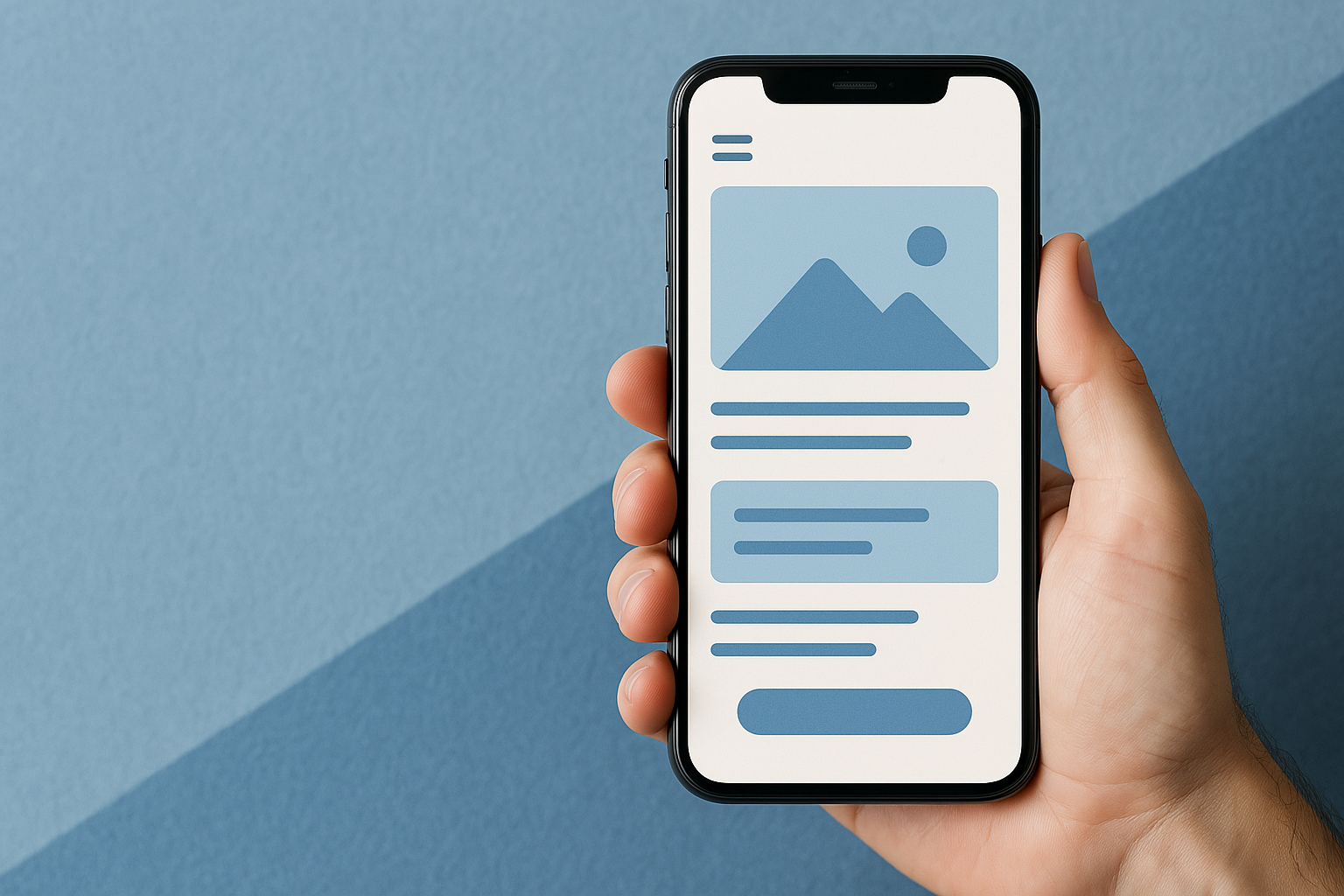In an era where the average attention span continues to decrease and content competition increases exponentially, interactive content has emerged as a powerful tool for capturing and maintaining audience attention. This article explores how interactive elements can transform passive content consumption into engaging experiences that drive measurable business results.
The Psychology Behind Interactive Content
Interactive content works because it taps into fundamental aspects of human psychology:
- Active participation creates stronger neural connections than passive consumption
- Personalized outcomes increase relevance and emotional investment
- Immediate feedback triggers dopamine release and encourages continued engagement
- Gamification elements activate reward pathways in the brain
These psychological factors combine to create experiences that are not only more engaging but also more memorable—with studies showing information retention rates up to 60% higher for interactive content compared to static content.
Interactive Quizzes and Assessments
Quizzes and assessments have evolved from simple novelties to sophisticated lead generation and segmentation tools:
- Personality quizzes that map to product recommendations
- Knowledge assessments that establish thought leadership
- Needs analysis tools that guide users toward appropriate solutions
- Self-assessment frameworks that help users identify gaps or opportunities
When strategically designed, quizzes can achieve completion rates of 80% or higher, compared to form completion rates that typically hover around 10-15%. The key is creating assessments that provide genuine value to users while collecting relevant data for your business.
Interactive Infographics and Data Visualization
Static infographics have given way to dynamic visualizations that allow users to:
- Filter data based on their specific interests
- Manipulate variables to see different scenarios
- Drill down into details that matter most to them
- Compare custom data sets for personalized insights
Interactive data visualizations typically see 4-5x longer engagement times than static alternatives, with users more likely to share and return to content they can manipulate. For complex topics, interactive visualization makes information more accessible and actionable.
Virtual Product Experiences
The line between physical and digital product experiences continues to blur with:
- 3D product configurators that allow customization
- Virtual try-on experiences for fashion and cosmetics
- Interactive product demonstrations that highlight key features
- Simulated environments that show products in context
Brands implementing these experiences report conversion rate increases of 40-80% compared to traditional product pages. The ability to interact with products virtually reduces purchase uncertainty and creates emotional connections before purchase.
Interactive Calculators and Tools
Utility-focused interactive content provides immediate value while establishing expertise:
- ROI calculators that quantify the value of products or services
- Savings estimators that demonstrate cost benefits over time
- Planning tools that help users achieve specific goals
- Comparison tools that facilitate decision-making
These tools typically generate high-quality leads with conversion rates 2-3x higher than traditional content, as users who invest time in using calculators demonstrate stronger purchase intent and engagement with your brand.
Implementation Best Practices
To maximize the effectiveness of interactive content:
- Start with clear objectives—whether lead generation, engagement, or education
- Design for mobile first, ensuring experiences work seamlessly across devices
- Balance complexity with usability—interactions should feel intuitive
- Provide clear value exchanges for any data collection
- Incorporate progressive disclosure to avoid overwhelming users
- Ensure accessibility for users with different abilities
Measuring Impact and ROI
Beyond standard metrics like page views and time on page, evaluate interactive content by:
- Completion rates and drop-off points
- Data collection effectiveness
- Social sharing and virality
- Lead quality and conversion path analysis
- Return visitor rates and repeat engagement
As attention becomes an increasingly scarce resource, interactive content provides a powerful way to break through the noise and create meaningful connections with your audience. By transforming passive consumption into active participation, you not only capture attention more effectively but also create more memorable brand experiences that drive measurable business results.




